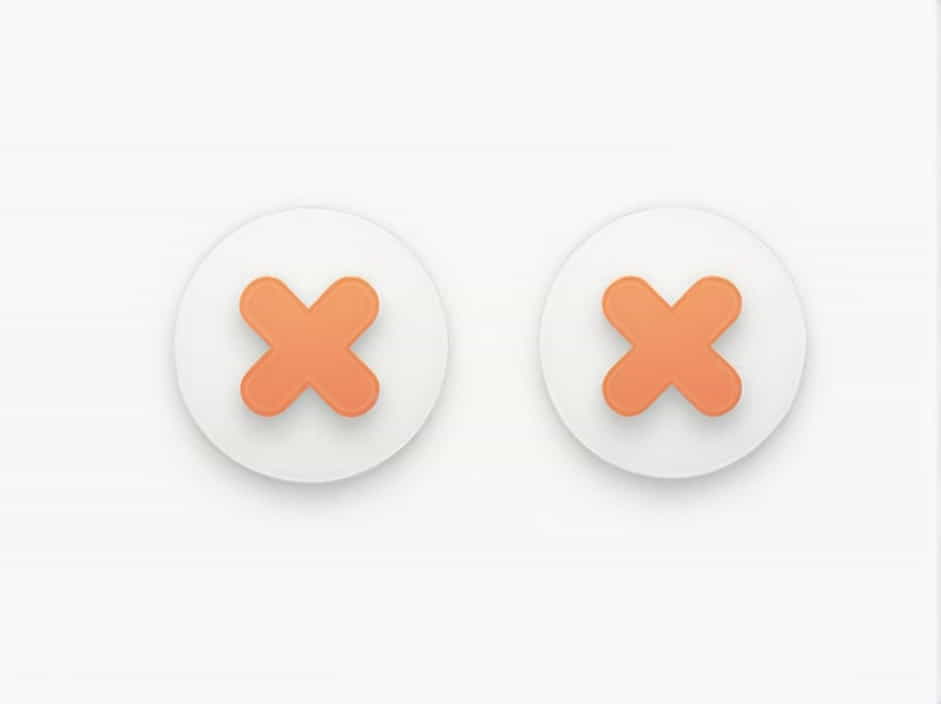In statistics, two random variables X and Y are said to be uncorrelated if their covariance is zero. Understanding uncorrelated variables is essential in probability theory, regression analysis, and data science. While uncorrelated variables indicate a lack of linear relationship, they do not necessarily imply independence.
This topic explains what it means for two variates to be uncorrelated, how to calculate covariance, its significance in statistical analysis, and common misconceptions.
What Does It Mean for X and Y to Be Uncorrelated?
Two random variables X and Y are uncorrelated if their covariance is zero:
Where:
-
E(X) and E(Y) are the expected values (means) of X and Y , respectively.
-
Cov(X, Y) measures the degree to whichX and Ychange together.
Key Point: Uncorrelated Does Not Mean Independent
If X and Y are uncorrelated, they have no linear relationship, but they may still be dependent in a non-linear way.
Covariance and Its Role in Determining Correlation
Definition of Covariance
Covariance is a statistical measure that determines the direction of the relationship between two random variables. It is defined as:
If:
-
Cov(X, Y) > 0 → X and Y move in the same direction (positively correlated).
-
Cov(X, Y) < 0 → X and Y move in opposite directions (negatively correlated).
-
Cov(X, Y) = 0 → X and Y are uncorrelated (no linear relationship).
Relationship Between Covariance and Correlation
While covariance measures the relationship between two variables in absolute terms, correlation standardizes this relationship between -1 and $1$ :
Where:
-
sigma_X and sigma_Y are the standard deviations of X and Y .
-
If correlation = 0, then X and Y are uncorrelated.
Examples of Uncorrelated Variables
Example 1: A Fair Die and a Coin Toss
Let:
-
X = outcome of rolling a fair six-sided die.
-
Y = outcome of flipping a fair coin (0 for heads, 1 for tails).
Since the outcome of the die roll does not influence the coin flip, the two variables are uncorrelated ( Cov(X, Y) = 0 ).
Example 2: A Quadratic Relationship
Let X be a normal variable and define Y = X^2 . Even though Y is entirely determined by X , their covariance can still be zero if the relationship is non-linear. This is an example where uncorrelated variables are not independent.
Implications of Uncorrelated Variables in Statistics
1. Regression Analysis
In regression models, uncorrelated independent variables help prevent multicollinearity, ensuring better model interpretation.
2. Portfolio Theory in Finance
Investors seek uncorrelated assets to reduce risk. A portfolio of uncorrelated stocks is less volatile than a portfolio where all assets move together.
3. Experimental Design and ANOVA
In experiments, ensuring that variables are uncorrelated helps in isolating the effects of different factors.
4. Machine Learning and Feature Selection
In machine learning, removing correlated features improves model performance. Uncorrelated features provide unique information.
Common Misconceptions About Uncorrelated Variables
1. Uncorrelated Means Independent (False!)
Uncorrelated variables can still be dependent in a non-linear manner.
2. Zero Covariance Means No Relationship (False!)
A zero covariance only means there is no linear relationship, but there could still be a complex dependence structure.
3. Correlation Implies Causation (False!)
Just because two variables are correlated does not mean that one causes the other.
When two variates X and Y are uncorrelated, their covariance is zero, meaning they have no linear relationship. However, this does not imply independence. Understanding uncorrelated variables is crucial in statistics, finance, data science, and experimental research.
